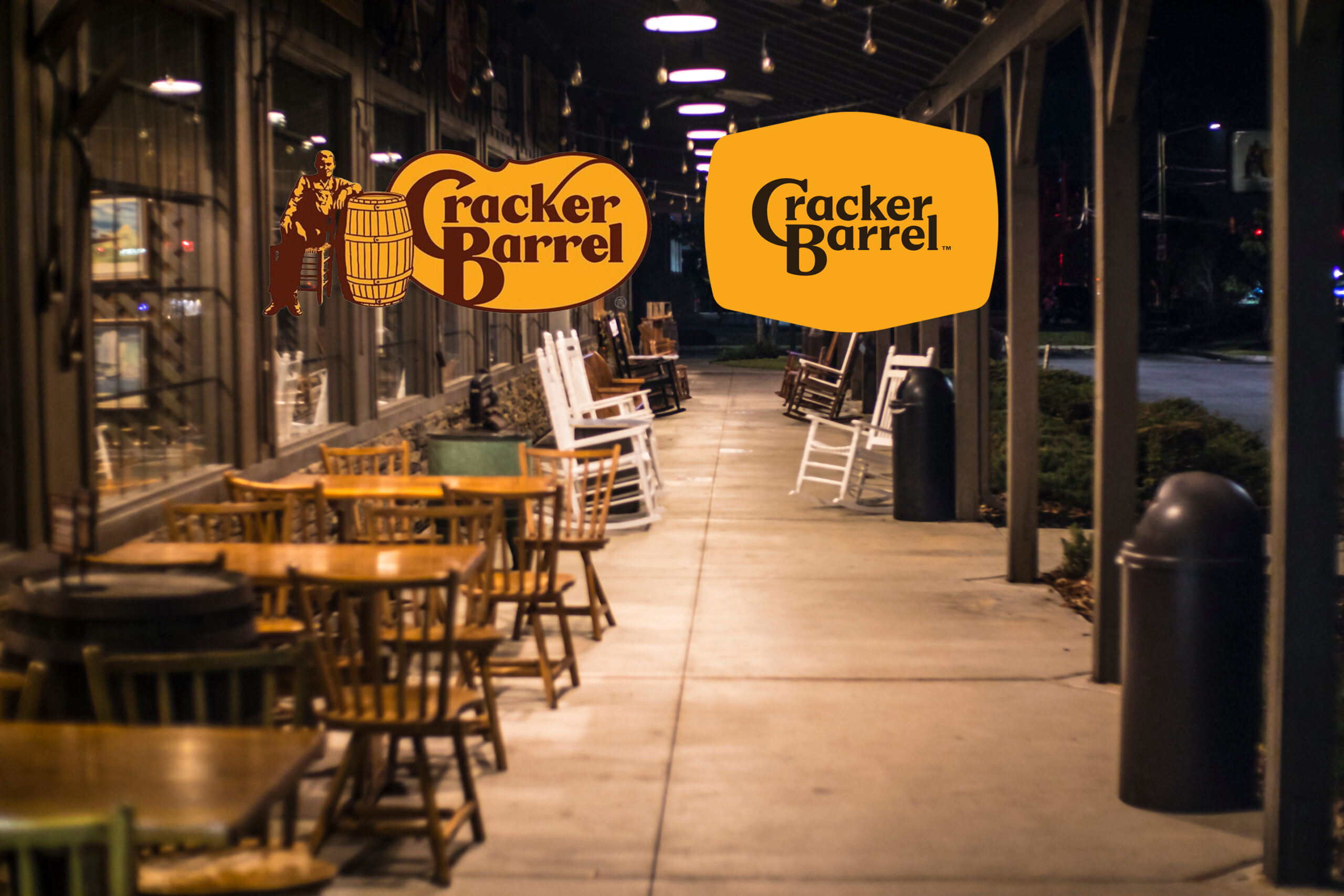Why Nostalgia Is the Most Powerful
(and Risky) Tool in Branding:
Lessons from Cracker Barrel
When you think of Cracker Barrel, what comes to mind? For most people, it’s the front porch rocking chairs, the peg board games on the tables, the comfort food breakfasts and the walls overflowing with antiques that made every location feel like a step back in time.
That feeling wasn’t accidental. For more than 50 years, Cracker Barrel built its entire identity on nostalgia. It was a place where people didn’t just eat; they connected with a memory of home, of family road trips, of “the good old days.”
But nostalgia is a tricky thing. It can make people love you fiercely, yet it can also make change feel like betrayal. Cracker Barrel’s recent rebrand, which includes a new logo, updated interiors and a refreshed menu, has sparked exactly that kind of reaction.

Image credit: Adobe Stock
Why Nostalgia Works So Well
Nostalgia is one of the most powerful emotions a brand can tap into. It’s not just about design or décor, it’s about feelings. When customers step into a space that reminds them of simpler times, they relax. They’re more open to connection and they build loyalty almost unconsciously.
Cracker Barrel mastered this. Generations of families, including my own, made it a tradition to stop on road trips or gather on Sunday mornings. That sense of routine and memory became part of its brand equity, arguably more valuable than the food itself.
But here’s the challenge: nostalgia makes people protective. When you change something tied to those memories, it can feel like you’re taking away part of their personal history.
Outrage Isn’t Always a Bad Thing
The reaction to Cracker Barrel’s refresh has been strong and loud. On TikTok, Facebook and Reddit, longtime fans have called the new look “soulless” and “just another chain restaurant now.” Some even said they felt “heartbroken” to see the antiques stripped away.
That’s tough feedback for any brand. But here’s the silver lining: outrage means people care. The worst thing a brand can hear isn’t complaints, it’s silence. Cracker Barrel’s backlash is proof of how deeply it’s embedded in people’s lives. Customers don’t get this emotional over a brand they don’t love.
Learning from Other Brands Who’ve Done It Right
Cracker Barrel isn’t the first heritage brand to face this challenge. Others have walked the tightrope between modernization and nostalgia with varying degrees of success:
Each of these brands understood that nostalgia isn’t something to abandon; it’s something to evolve.
Balancing Memory with Momentum
This is the balancing act every heritage brand faces: how do you stay relevant without losing the magic that made people fall in love with you in the first place?
A few guiding principles stand out:
The Takeaway for Brands
Cracker Barrel’s refresh is a reminder that nostalgia is a double-edged sword. It creates a powerful bond, but it also raises the stakes when you evolve.
The lesson for other brands is this: don’t shy away from change, but don’t bulldoze the past either. Customers want to see progress, yet they also want reassurance that the things they love most about you aren’t going anywhere.
Final Thought
Cracker Barrel’s rebrand is just one chapter in a larger story of how heritage brands survive in a fast-changing world. The ones that thrive are those that find a way to say “We’re still us. We’re just getting better.”
Because in the end, customers don’t stay loyal to logos or furniture. They stay loyal to the way a brand makes them feel.
At Truelio, we help brands walk that line, protecting the emotional magic customers love while designing updates that keep you relevant for the next generation. If your brand is ready for its next chapter, we’d love to help you write it.
Christine Toto
Manager, Marketing & Creative Operations
All trademarks, logos and brand names are the property of their respective owners. All company, product and service names used on this website are for identification and education purposes only. Use of these names, trademarks and brands does not imply endorsement.


